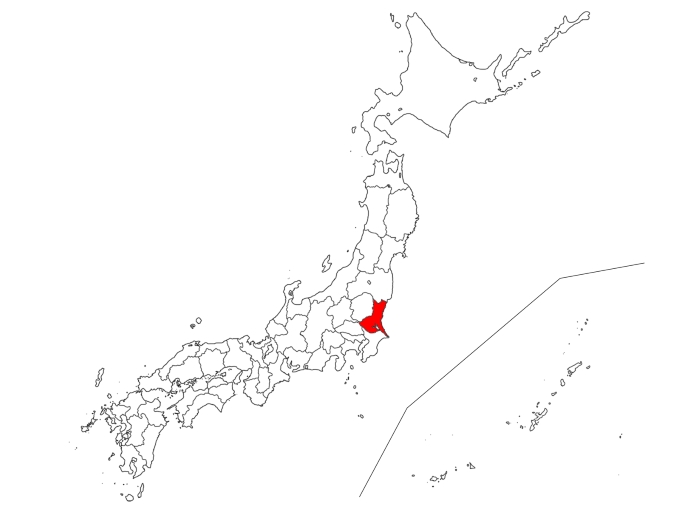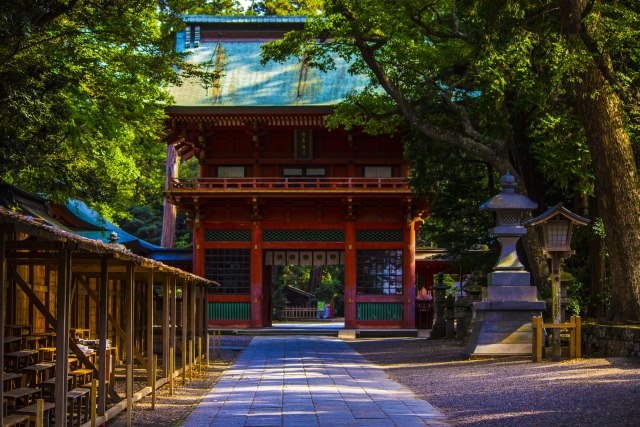Contents
1.Basic Information
Ibaraki Prefecture is home to numerous appealing tourist sites including Kashima Shrine, which rivals the historic Ise Jingu; Mount Tsukuba, comparable to Mount Fuji; Lake Kasumigaura, the second largest lake in Japan after Lake Biwa; and the Ushiku Daibutsu, the world’s largest bronze statue.
Kashima Shrine (Kashimajingu)
Kashima Shrine, believed to be established in 660 BC, is one of Japan’s most significant shrines alongside Ise Jingu and Katori Jingu. Revered for its association with the founding of Japan and martial arts, it has been worshipped by historical figures including the Imperial family, Minamoto no Yoritomo of the Kamakura Shogunate, Tokugawa Ieyasu of the Edo Shogunate, and Tokugawa Mitsukuni of the Mito Domain. The shrine is believed to empower individuals at life’s turning points and bring victory.
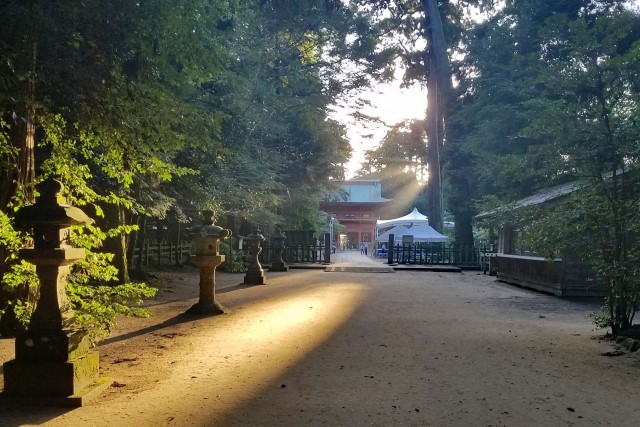
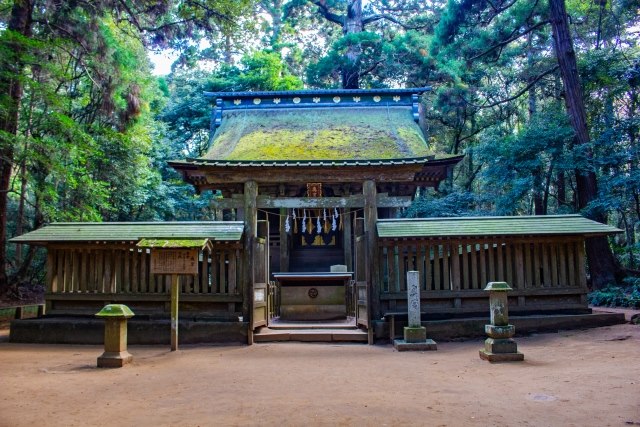
Lake Kasumigaura (Kasumigaura)
Lake Kasumigaura in Ibaraki Prefecture is the second-largest lake in Japan, following Lake Biwa in Shiga Prefecture. From late July to mid-October on weekends and holidays, visitors can closely observe traditional sailboats pulling fishing nets, utilizing the wind. The lake is also known as a fishing spot, home to species like smelt, carp, goby, and invasive species like bluegill and black bass. Furthermore, it serves as a habitat for over 150 species of birds and aquatic plants, attracting numerous migratory birds in winter.
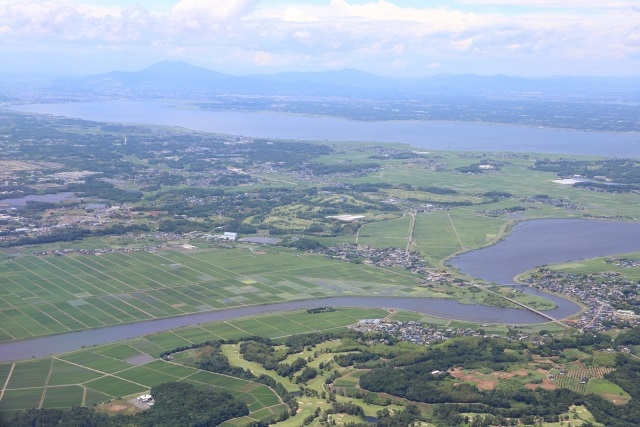
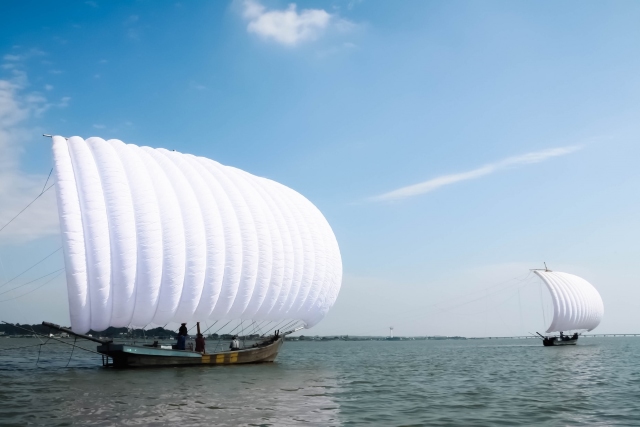
Mount Tsukuba (Tukubasan)
Mount Tsukuba, known for its unique shape with two peaks, male (male peak, 871m) and female (female peak, 877m), is also referred to as ‘Purple Peak’ for its color-changing mountain surface at dawn and dusk. Long worshipped by many, it’s known as the ‘Mount Fuji of the East.’ Its accessibility via cable car and ropeway makes it a popular spot for viewing the first sunrise.
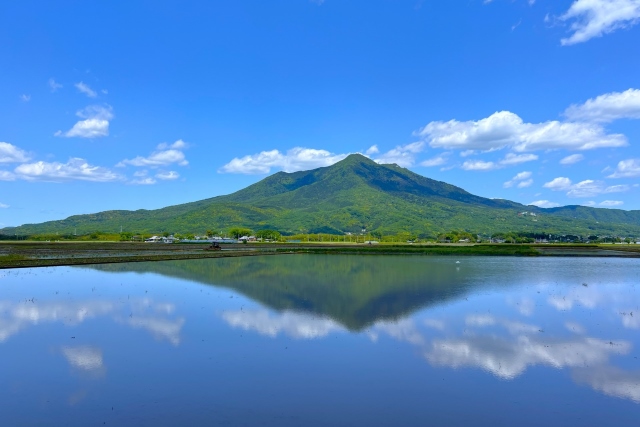
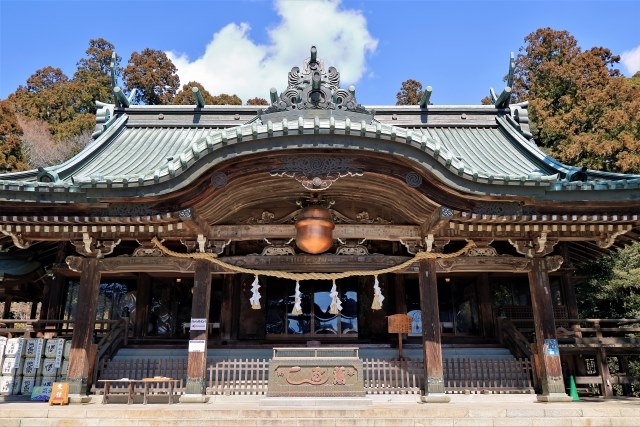
Kasama’s Stone-Cutting Mountain Range (Kasama ishikirisanmyaku)
Kasama, known for the Kasama Inari Shrine, one of the three major Inari shrines in Japan, has a rich history dating back from the Kamakura to the Edo period under the Kasama clan. It’s also known as a ‘pottery town,’ housing numerous ceramic artists and facilities like the Ibaraki Ceramic Art Museum and Kasama Nichido Museum of Art. The ‘Ishikiriyama Range,’ a quarrying site for ‘Inada Granite’ since 1889, now presents a beautiful landscape filled with water. This area has become a popular tourist spot featured in media and social networks, with a café on site to enjoy the stunning view.
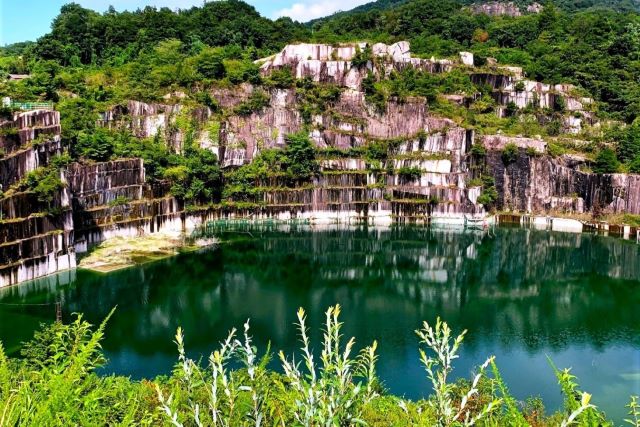
2.Reviews
Tsuchiura Fireworks Festival
The Tsuchiura National Fireworks Competition, started in 1925 in Tsuchiura City, Ibaraki Prefecture, is one of the three major fireworks festivals in Japan, alongside the Oomagari Fireworks Festival in Daisen City, Akita Prefecture, and the Nagaoka Festival Fireworks in Nagaoka City, Niigata Prefecture. The festival originated to console the souls of the Kasumigaura Naval Air Corps, to rejuvenate the shopping district, and to appreciate and comfort farmers for the autumn harvest. Competing in three categories: Starmines, 10-inch shells, and creative fireworks, the festival features ‘Tsuchiura Fireworks Extravaganza,’ a wide starmine displaying about 2000 fireworks in approximately 6 minutes, overwhelming spectators with its grandeur.
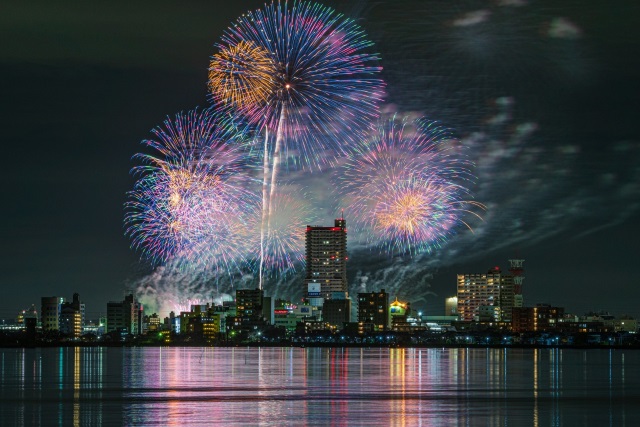
Ushiku Daibutsu (Ushiku Daibutu)
The Ushiku Daibutsu (officially Ushiku Amida Daibutsu), recognized by the Guinness Book as the world’s largest bronze statue, stands at a height of 120m (100m statue, 20m base), dwarfing the Nara Daibutsu (14.98m). Its interior is divided into five floors, each depicting a fantastical world. An elevator ascends to 85m, offering a magnificent view from observation windows.
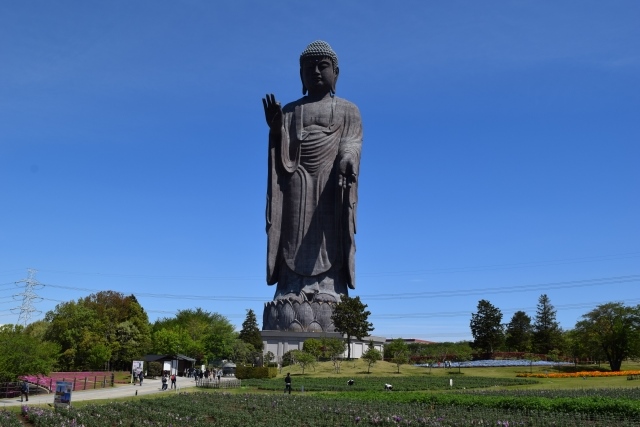
3.Local Food



4.Transportation Information
■ How to Get to Ibaraki
Ibaraki Tourism Promotion Council Office Official Site (English, Korean, Simplified Chinese, Traditional Chinese, Thai, Vietnamese support)
https://www.ibarakiguide.jp/access/access.html
5.Map Information
